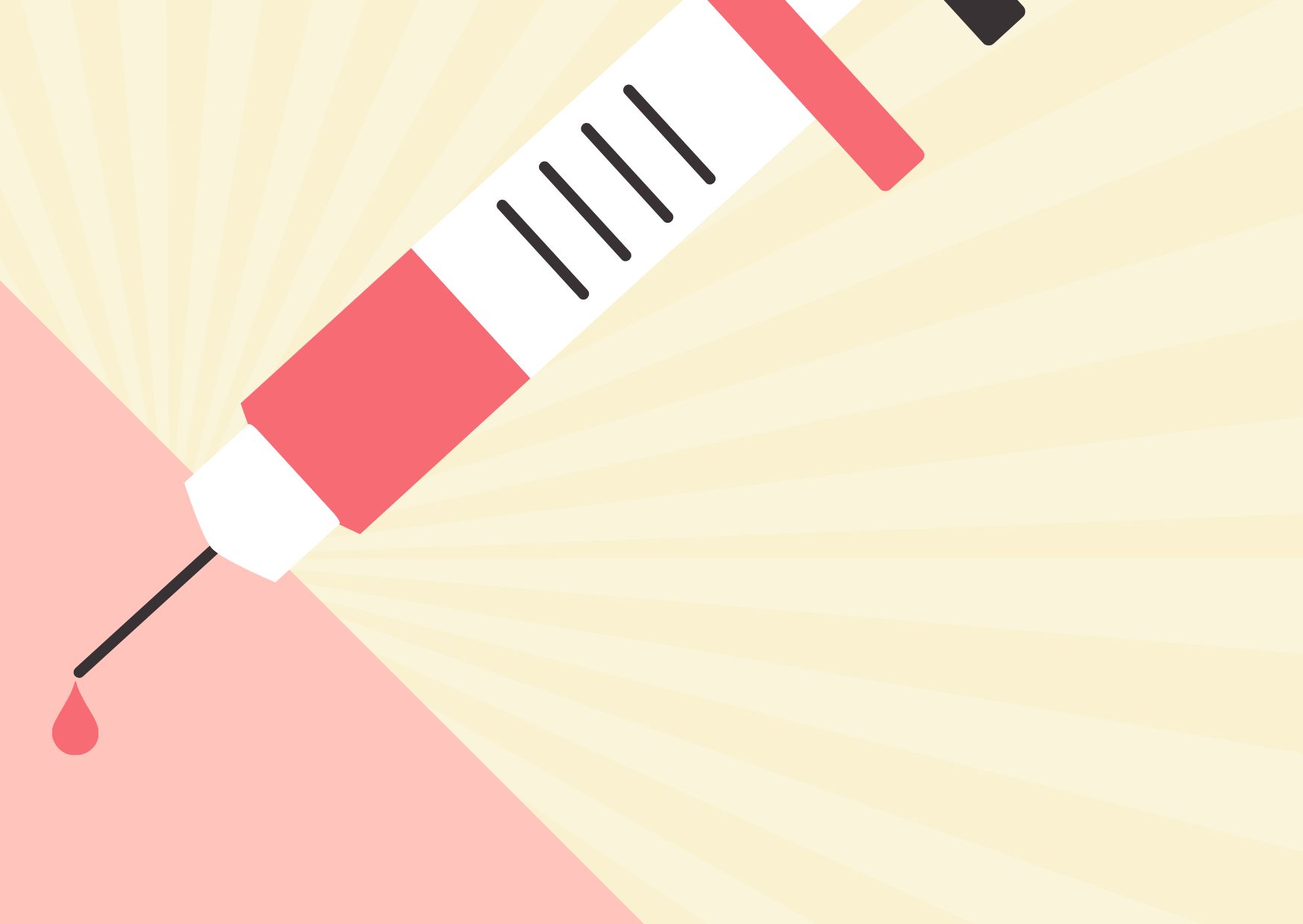
Differences Between Hyaluronic Acid and Botox
Effect Differences Between Hyaluronic Acid and Botox
Hyaluronic acid helps restore volume and improve depressions. It can improve hollows in the cheeks, temples, nasolabial folds, and marionette lines.
Botox, on the other hand, works by suppressing muscle movement, preventing wrinkles caused by facial expressions. Additionally, as muscles shrink when not in use, Botox also has a volume-reducing effect. It can improve expression lines around the eyes and forehead and reduce jawline prominence.
Differences in Treatment Methods
Both treatments are administered via injection.
For hyaluronic acid, cleansing is necessary to reduce infection risk, whereas Botox does not require cleansing.
The treatment time for both is around 2-3 minutes, and anesthesia is used in about 20% of cases.
Injection Sites and Types of Wrinkles
Hyaluronic acid is injected into areas that are sunken or atrophied, such as the nasolabial folds and marionette lines.
Botox is injected into the muscles, specifically the orbicularis oculi (around the eyes) and corrugator supercilia (between the eyebrows).
Benefits of Hyaluronic Acid and Botox
Skin Beauty Effects and Lifting Differences
Hyaluronic acid provides a beauty effect through moisturization. It holds water, preventing dryness, and results in dewy, plump skin.
Botox helps control sebum production and tightens pores, creating smooth, refined skin texture.
Side Effects and Risk Comparison
Both treatments involve injections, so bruising and swelling are possible.
Hyaluronic acid carries risks of infection, circulatory issues, and allergies, while Botox may cause excessive effects if overused.
Duration and Effect Realization
The duration of hyaluronic acid's effects varies depending on the formulation but typically lasts 1 to 1.5 years. The effect is noticeable immediately after the injection but gradually fades over time.
Botox lasts between 3 to 4 months. The effect becomes noticeable 3 days to 1 week after the procedure, peaking after 2 weeks and gradually wearing off.
Popular Treatment Areas and Causes
Relation Between the Forehead and the Frown Area
Botox for the forehead and frown lines is often injected simultaneously since they move together when you open your eyes or raise your eyebrows. Botox can effectively prevent wrinkles for a smoother appearance.
When injecting hyaluronic acid, special care is needed around the frown area due to the proximity of blood vessels.
Nasolabial Folds and Improvement Methods
For nasolabial folds, lifting treatments like HIFU or thread lifts are used for sagging, while hyaluronic acid is used for depressions.
For cases where the hollow near the nostrils worsens when laughing, Botox can be used in the nasolabial region. Botox here targets the muscle that lifts the upper lip, reducing movement. A side effect may be an elongation of the philtrum when smiling.
Options for Crow’s Feet (Eye Wrinkles)
Botox is commonly used for crow's feet by targeting the outer part of the orbicularis oculi muscle to prevent the formation of wrinkles.
In cases where the upper eyelid has sagging that worsens wrinkles, hyaluronic acid may be injected into the temple area (referred to as T1) to lift the skin.
Disadvantages and Cautions of Treatment
Side Effects and Downtime Post-Treatment
Rarely, allergic reactions or swelling may occur, but downtime is minimal, and normal activities can usually be resumed immediately.
Importance of the Doctor’s Skill and Trust
Since these treatments are often repeated over time, it’s reassuring to choose a doctor you trust and see regularly.
What to Do If a Mistake Happens
If something goes wrong with hyaluronic acid, it can be dissolved. If Botox results are excessive, waiting for the effects to wear off is the only solution.
Yoshiko Kuno
